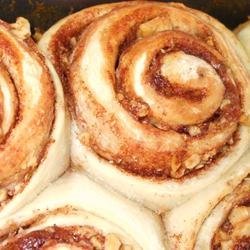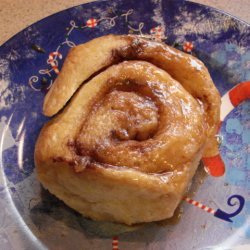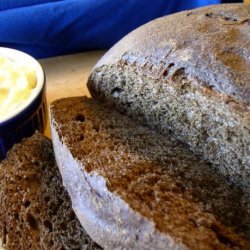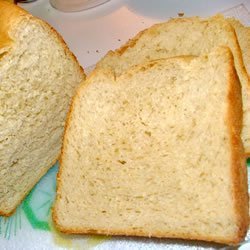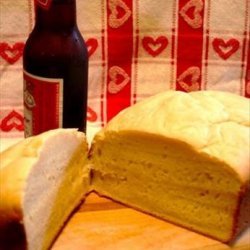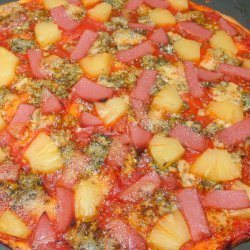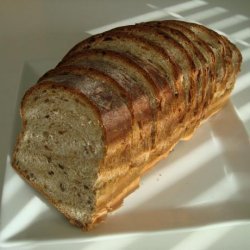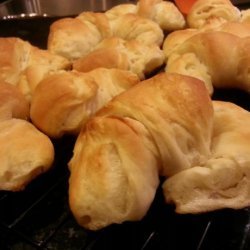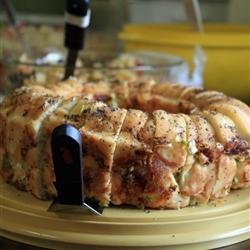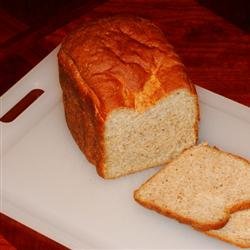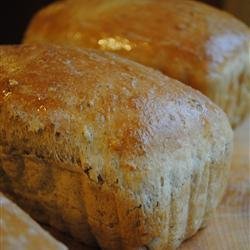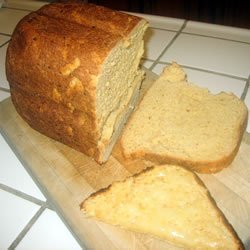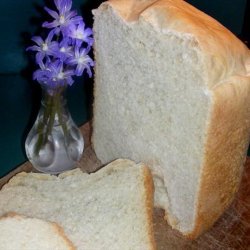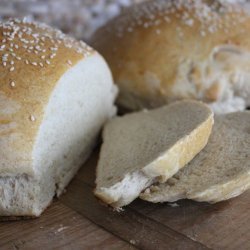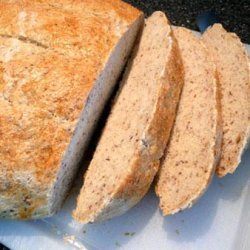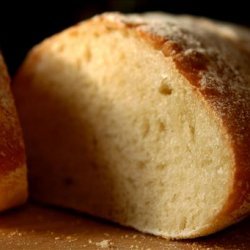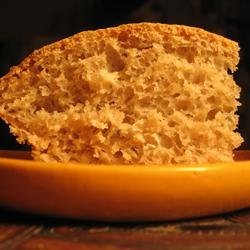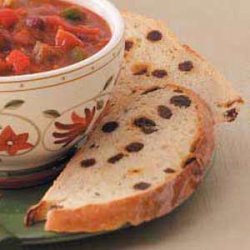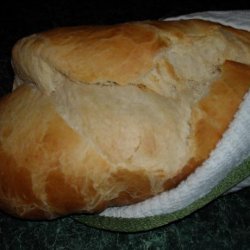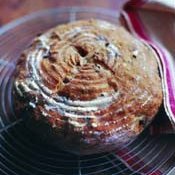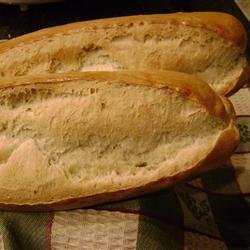Directions:
- For the biga:.
- Combine the flour, yeast and water in the bowl of a standing mixer fitted with the dough hook. Knead on the slowest speed (stir for a KitchenAid), until it forms a shaggy dough, about 2-3 minutes.
- Transfer the biga to a medium bowl, cover tightly with plastic wrap, and let stand at room temperature until it begins to bubble and rise, about 3 hours.
- Refrigerate biga at least 8 hours, or up to 24 hours.
- For the dough:.
- Remove the biga from the refrigerator and let stand at room temp while making the dough.
- To make the dough, combine flour, yeast, and water in bowl of the standing mixer fitted with dough hook. Knead the dough on lowest speed until rough dough is formed, about 3 minutes.
- Turn the mixer off and, without removing the dough hook or bowl from the mixer, cover the bowl loosely with plastic wrap. Let the dough rest for 20 minutes. (This allows protein in the dough to relax, making for a stronger dough that can rise higher, with a better crust.).
- Remove the plastic wrap over the dough, and add the biga and salt to bowl. Continue to knead on the lowest speed until ingredients are incorporated (dough should clear the sides of the bowl but should stick to the very bottom), about 4 minutes.
- Increase the mixer speed to low (speed 2 on a KitchenAid) and continue until the dough forms a more cohesive ball, about 1 minute.
- Transfer the dough to a large bowl (at least 3 times the size of the dough) and cover it tightly with plastic wrap. Let the dough rise in a cool, draft-free spot away from direct sunlight, until slightly risen and puffy, about 1 hour.
- Remove the plastic wrap and turn the dough by doing the following: lift the left third of the dough and fold inwards towards the center, then repeat with the right third of the dough, folding inwards toward the center. Then fold the dough in half from bottom to top (perpendicular to the first two folds).
- Replace the plastic wrap and let the dough rise 1 hour.
- Turn dough again, replace plastic wrap, and let dough rise 1 hour longer.
- Dust the work surface liberally with flour. Hold the bowl with the dough at an angle over the floured surface. Gently scrape the dough out of the bowl and onto the work surface (the side of the dough that was against bowl should now be facing up). If you want two smaller loaves, split the dough into two equal halves. Use a knife or bench scraper.
- Dust the dough and your hands liberally with flour and, using minimal pressure, push dough into a rough 8- to 10-inch square. If you are making two loaves, shape each piece into a smaller rectangle.
- Shape the dough by folding the upper left corner towards the center of the square dough, then the right corner towards the center. Next, roll the dough into a log from top to bottom and place it seam-side down onto a large sheet of parchment paper. Dust loaf liberally with flour and cover loosely with plastic wrap; let loaf rise until doubled in size, about 1 hour.
- Meanwhile, adjust the oven rack to the lower-middle position, and place a baking stone on the rack. (I use a cast iron griddle flat side up.) Pre-heat the oven to 500 degrees. It's really important to preheat the pan in the oven to ensure even heat and optimal crust results.
- Using a single-edged razor blade, or sharp chef’s knife, cut a slit 1/2 inch deep lengthwise along top of loaf, starting and stopping about 1 1/2 inches from the ends. Lightly spray the loaf with water. Slide parchment sheet with loaf onto baker’s stone or cast iron griddle in the oven. If you are not using a baking stone or tile, simply place the loaf on a baking sheet in the oven.
- Bake for 10 minutes, then reduce oven temperature to 400 degrees and quickly spin loaf around half way using the edges of the parchment paper.
- Continue to bake until deep golden brown and the loaf sounds hollow when tapped on the bottom. For one large loaf this will be about 35 minutes longer. For two smaller loaves this will be closer to 30 minutes.
- When the bread is done, transfer it to a wire rack and discard the parchment paper. If you'd like a butter crust, immediately wipe the end of a stick of butter over the crust until coated. Now the hardest part – cool the loaf to room temperature, about 2 hours.
Nutrition Facts
| Amount Per 1 Serving | |||
| Calories | 248.67 Kcal (1041 kJ) | ||
| Calories from fat | 12.4 Kcal | ||
| % Daily Value* | |||
| Total Fat | 1.38g | 2% | |
|---|---|---|---|
| Sodium | 489.79mg | 20% | |
| Potassium | 84.35mg | 2% | |
| Total Carbs | 50.16g | 17% | |
| Sugars | 0.02g | 0% | |
| Dietary Fiber | 1.42g | 6% | |
| Protein | 8.4g | 17% | |
| Iron | 2.8mg | 15% | |
| Calcium | 16.6mg | 2% | |
| Amount Per 100 g | |||
| Calories | 197.88 Kcal (828 kJ) | ||
| Calories from fat | 9.87 Kcal | ||
| % Daily Value* | |||
| Total Fat | 1.1g | 2% | |
|---|---|---|---|
| Sodium | 389.74mg | 20% | |
| Potassium | 67.12mg | 2% | |
| Total Carbs | 39.91g | 17% | |
| Sugars | 0.01g | 0% | |
| Dietary Fiber | 1.13g | 6% | |
| Protein | 6.68g | 17% | |
| Iron | 2.2mg | 15% | |
| Calcium | 13.2mg | 2% | |
* Percent Daily Values are based on a 2000 calorie diet. Your daily values may be higher or lower depending on your calorie needs.
Find out how many calories should you eat.
Get Your Recipe of Health!
Follow RecipeOfHealth on Facebook!


